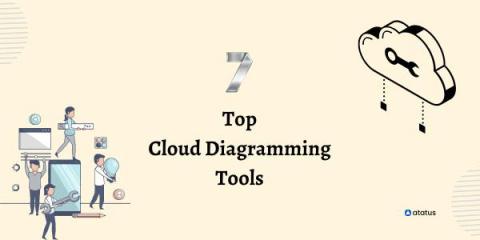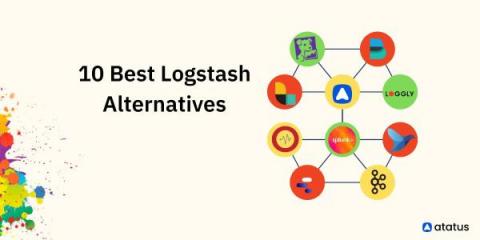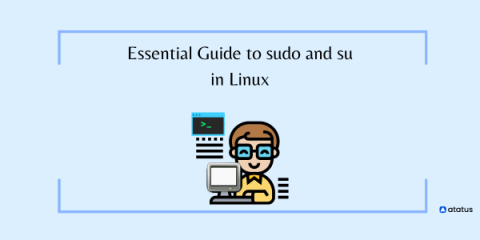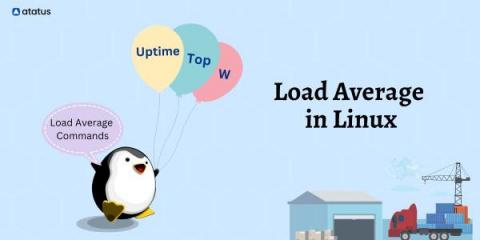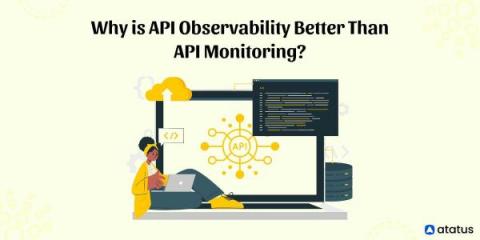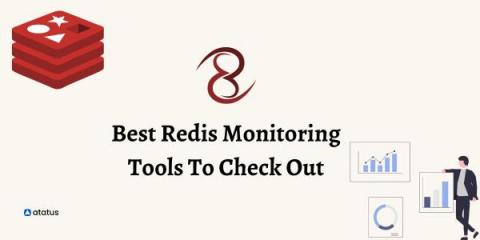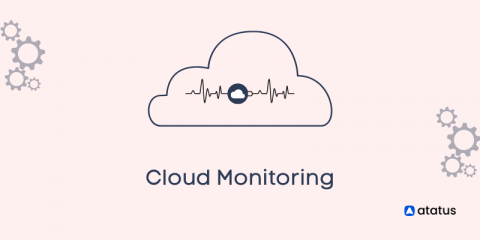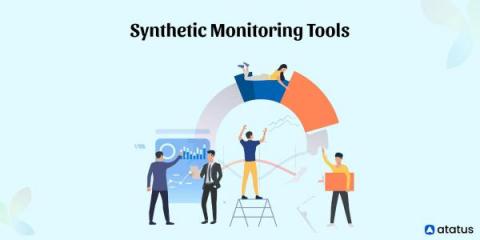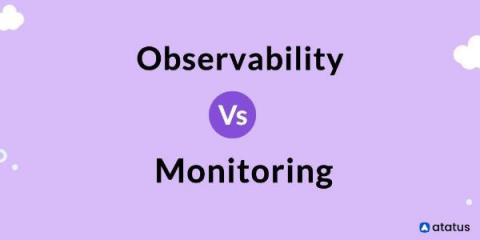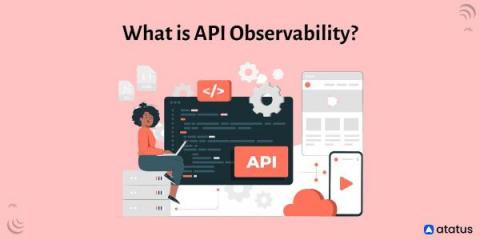7 Top Cloud Diagramming Tools
There has been so much uproar about cloud computing in recent years, mostly due to its scalability, capability, and accessibility. Cloud computing is designed to provide constant access to data and applications for users, allowing them to have high bandwidth. Cloud architecture pertains to the diverse components, such as servers, software functionalities, and software solutions, used by all businesses to harness the efficiency of cloud resources.


